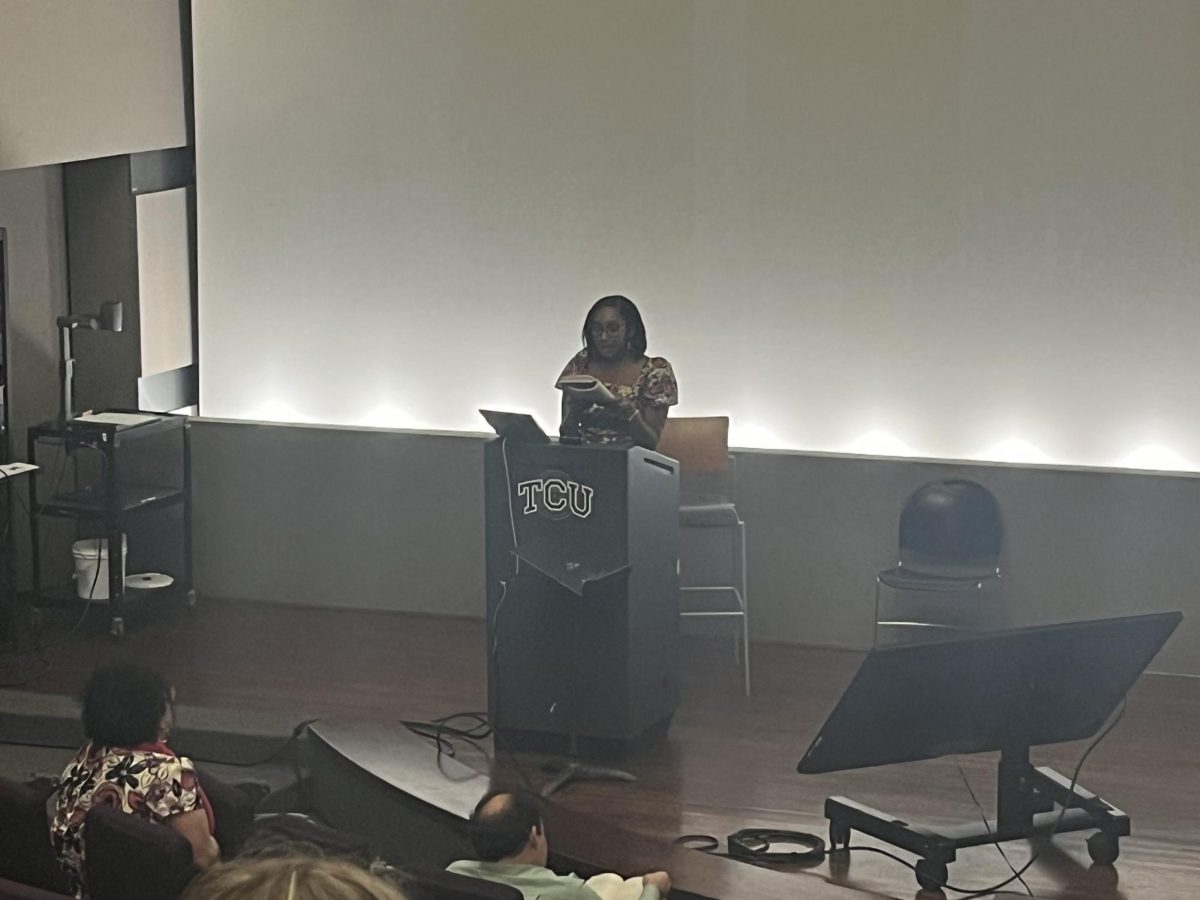With two independent candidates running for Texas governor who might actually attract more than 2 percent of the vote each, the state’s gubernatorial election sets up a rare possibility – the next governor of Texas could win without a majority vote.Nov. 7, the candidate with the most votes wins, even if that person has less than 50 percent of the votes.
But a former independent presidential candidate has a better idea.
John Anderson, former presidential candidate, offers an alternative system that would work better in present-day elections – instant runoff voting. Instant runoff voting, Anderson said in a speech to TCU students last semester, involves giving voters a chance to get their second-choice candidate into office when third party candidates are on the ballot – whether they are of significance or not. Voters would vote for their favorite candidates in a prioritized manner.
In case no candidate gets a majority, the candidate with the lowest number of votes is eliminated – making way for the “instant runoff.”
Then the results are recalculated, using only the remaining names. This means even if a voter’s first, or perhaps even second or third choice, does not win, the voter still has some say in the process. Since voters rank the candidates on one ballot, only one election is necessary.
Instant runoff voting is not without fault, but it is a step toward better citizenship and campaigning.
Instant runoff voting would reward people by giving them a chance to make their votes count, and, in turn, voters would be more motivated to better inform themselves of the candidates and issues.
Instant runoff voting could also better campaigns by encouraging more parties to enter a race, thus changing the debates and information given during a campaign.
The election system would be further improved by an assumed high-voter turnout – at least more than the paltry numbers in most past years’ elections. If people understand their votes will count, they are more likely to actually vote.
People would not be as discouraged to vote for a minority candidate.
While some people do not vote for a Ralph Nader because they do not agree with his platform, others actually support his efforts but believe voting for him would be a waste.
Third parties presently do not threaten either of the two dominant parties in the presidential race, but under this system, they would probably receive more votes out of principle – which might give independents a chance in the future. Under Anderson’s proposed system, people could vote for Nader because they agree with him and know their vote is not wasted because of prioritized voting. In turn, third-party candidates will be taken more seriously, leading to better campaigning from all parties.
With the new system, campaigning would be more effective because third-party candidates will be more inclined to run.
Third parties have a great deal of trouble gaining attention under a dominant two-party system.
But while, say, an Anderson might not be the first choice of a majority of voters, he might be everyone’s third choice. As it is, there’s no way to learn that on Election Day.
Adrienne Lang is a senior news-editorial major from Olathe, Kan.




